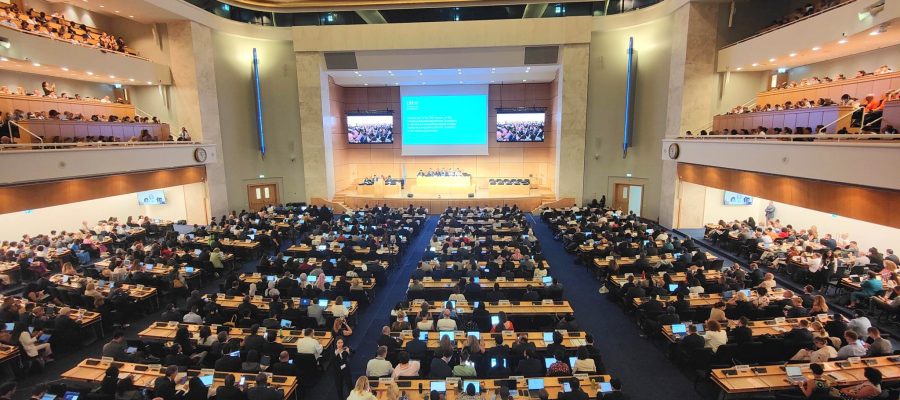Imagine having a headache. You take a painkiller, and it goes away for a few hours. But it gets back, and you take another, and another. It is always said, when the problem persists, seek medical attention. At this point, you need a doctor to determine the cause of your headache and treat it before it’s too late. The planet is faced with the plastics pollution headache, and every year, different organizations conduct cleanups in different places to cure this headache among other activities. Unfortunately, it has persisted like an addiction for decades now, and it’s about time we sought a different approach. A possible cure.
I have written quite a bit in the past about the Kenya Plastics Pact (KPP). Allow me, though, to still use it as the best practice that effectively fits into this scenario. KPP is actively bringing together stakeholders from different stages of the plastic value chain to determine a cure for this menace. The growing members are guided by a common vision, to create a circular economy for plastics, by setting and committing to ambitious targets that help to define a plan. A way out! They believe by working collaboratively to meet these targets through an elaborate Roadmap, they could be heading towards a cure by 2030.
Four prescriptions have been approved, including “eliminating the unnecessary and problematic plastic items from the system, through innovation and reuse delivery models”. The Pact has already defined and published a list of problematic and unnecessary plastic items that should be eliminated by 2030. This list supplements the government’s efforts with the existing ban on plastic carrier bags and single-use plastic items in protected areas. Having a list is one thing, and it’s another to take the appropriate action and phase them out to reduce packaging consumption and waste and improve the economics of recycling. Members and stakeholders at large need to develop individual plans to phase out these items, and use innovative and technical solutions to create sustainable alternatives.
This leads us to the second prescription, which is to “ensure all plastic packaging is recyclable and reusable by 2030”. This calls for the implementation of design models that will address the issue of non-recyclability. At this point, I come bearing good news. Because before the end of Q1 2023, the Pact will publish recycling design guidelines for plastic packaging which will provide clear recommendations to decision-makers on how to design plastic packaging to be compatible with the current (and future projections of) mechanical recycling infrastructure. Think of this as a manufacturer’s manual.
The third and one of the most effective prescriptions is “making sure that of the 100% recyclable packaging, 40% is being recycled by the same year”. Now, remember how many times your doctor has insisted on finishing your dosage for effective results? This is it. We could have the packaging recyclable, but would it be effective if we don’t recycle it? No!
And when we do that, we can guarantee at least “15% average recycled content across all plastic packaging by 2030”. This means expanding the local market for recycled goods and creating massive awareness among consumers on the benefits and their contribution to the planetary cure by just purchasing the plastic packaging they need, and when they do so, considering the recycled ones.
Now, imagine abiding by these prescriptions, and by 2031, boom! Instead of cleaning up, we celebrate and enjoy nature’s giving in return. A healthy environment, and a healthy community.
But trust me, if only 1% of all stakeholders involved are taking part in this journey, then we will not enjoy this health as soon as we hope to. We need more private businesses, more producers and plastic packaging manufacturers, more retailers, recyclers, more civil-society organizations and informal waste collectors to join the Kenya Plastics Pact. We need more support from the government and its institutions as well to achieve these targets. We also need everyone to understand that we can do without some of our plastic addictions and by knowing how to do this, together we will make a difference – as one nation.
By Josephine Wawira, a Circular Economy Communications Specialist.

